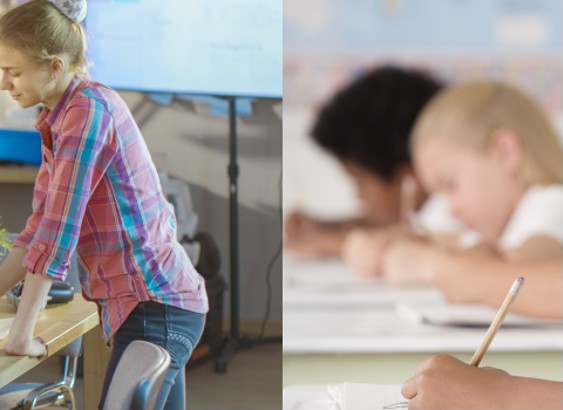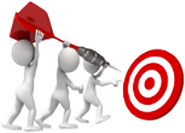Assessment

Assessment is a powerful lever for learning. It can help us understand what learners know and need, and address their needs by adjusting how we attend to them. It can help us gather evidence of all the outcomes we value, not just the ones that are easy to measure.
And it can ultimately help us evaluate growth and attainment.
We believe in the importance of having a balanced assessment system that incorporates different assessment types and moments. Formative assessment and feedback should be incorporated into instruction to maximize learning. Students should be partners in the assessment process, and tools like models, checklists, and rubrics should be used to clearly communicate expectations for their work. Grading and reporting systems should share information about student achievement, effort, growth, and work habits.
Through our assessment programs, services, and tools, you will learn to recognize and assess a full spectrum of adult and student learning, including hard-to-measure outcomes. We can help you implement a balanced, diverse, and authentic assessment repertoire that moves beyond standardized measures to reflect the attributes of quality assessment system.
Assessments in a balanced system are

Aligned
They provide accurate information on student progress toward intended outcomes such as national, state, or local standards.

Connected
They support all students' goals and growth. At the same time, adults get useful information related to instructional goals that can inform feedback to students and next steps.

Diversified
Recall, products, demonstration, and process assessments of varying complexity are used for diagnostic, formative, and summative purposes.

Meaningful
Students regularly experience worthy and personally-relevant tasks for authentic audiences and purposes.

Reliable
They are fair and the data they generate are trustworthy.

Time-limited
Students spend more time on the curriculum-embedded assesments for leaning than on isolated, on-demand assessments of learning.
Interested in learning about our assessment programs? Flip through our representative program guide.
What does quality assessment look like?
Giselle O. Martin-Kniep shares what quality assessment looks like in the classroom in this short video.
Is Balance Possible? Understanding Assessment Inventories
Inventories can be used to create a snapshot of current assessment experiences. Learn more in this article.